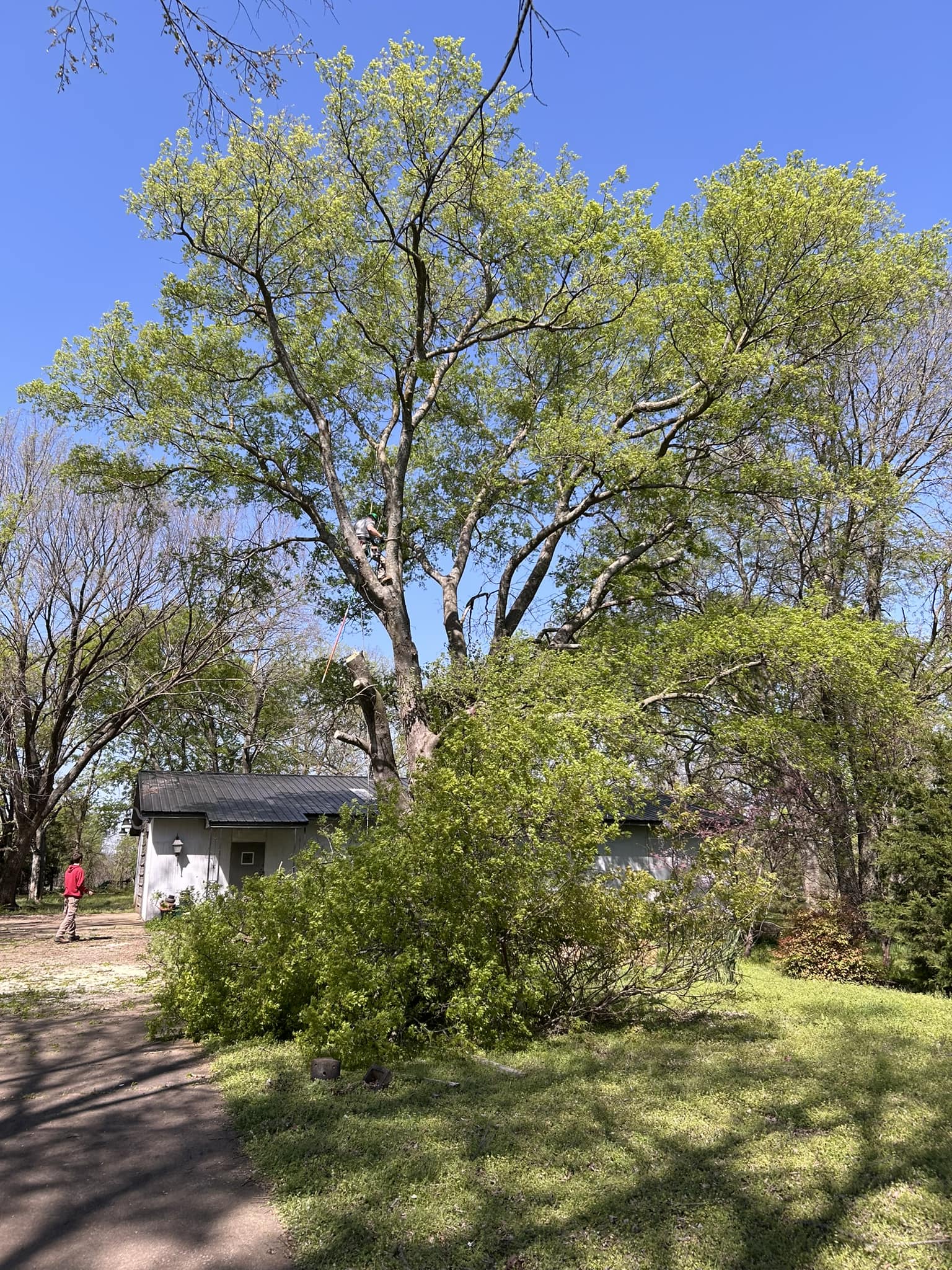
Essential Tree Pruning Techniques for Healthy Growth Oct 19, 2025
First and foremost, it is important to understand why tree pruning is essential. Pruning helps in removing dead or diseased branches, which can be a breeding ground for insects and fungi that are detrimental to tree health. By eliminating these potential hazards, you reduce the chance of damage spreading further within the tree or to surrounding plants. Additionally, pruning improves air circulation and allows sunlight to penetrate the canopy, thereby fostering robust growth.
Timing is a critical element of tree pruning. The best time to prune most trees is during the dormant season, usually late winter before the growing season begins. Pruning during dormancy minimizes stress and the risk of disease. However, some flowering and fruit-bearing trees might benefit from post-bloom pruning to avoid interfering with the upcoming spring blooms.
When it comes to techniques, different cuts serve different purposes. Thinning cuts help in reducing the density of a tree’s crown without altering its natural shape. This technique supports stronger growth patterns by allowing light and air to reach deeper branches. On the other hand, heading cuts are useful in shortening shoots and are primarily used to encourage the growth of desired lateral branches. It's important to make clean cuts at the correct angle to promote faster healing while preventing tears as a result of improper cutting methods.
Crown raising, which involves removing lower branches, is often employed to provide clearance for pedestrians, vehicles, or views. This technique, when done thoughtfully, can enhance your property's safety and aesthetic appeal. Conversely, crown reduction is used for reducing the height or spread of a tree. This is typically needed in urban settings where space is limited, or if trees are interfering with power lines.
It is vital to avoid over-pruning, which can cause stress and damage to your trees. Trees rely on their leaves for photosynthesis; thus, taking off too much foliage can starve the tree of energy. Generally, you should not remove more than 25% of the canopy at one time.
For those unsure of handling tree pruning on their own, contacting professionals like Tree Life Tree Service is advisable. Experts in the field possess the necessary equipment and knowledge to handle complex pruning tasks efficiently and safely.
In conclusion, proper tree pruning techniques are indispensable for maintaining the health and beauty of your landscape. With the right timing and methodical application, pruning encourages strong, healthy growth and reduces the risk of disease. Whether managing the task on your own or seeking professional assistance from Tree Life Tree Service, ensuring your trees are pruned correctly and timely is key to enjoying their full benefit and beauty. Remember, a well-maintained tree not only adds aesthetic value but can also enhance the quality of your living environment.
/filters:no_upscale()/filters:format(webp)/media/ee8e3370-643b-4180-9b28-25a7e228dbcb.jpeg)